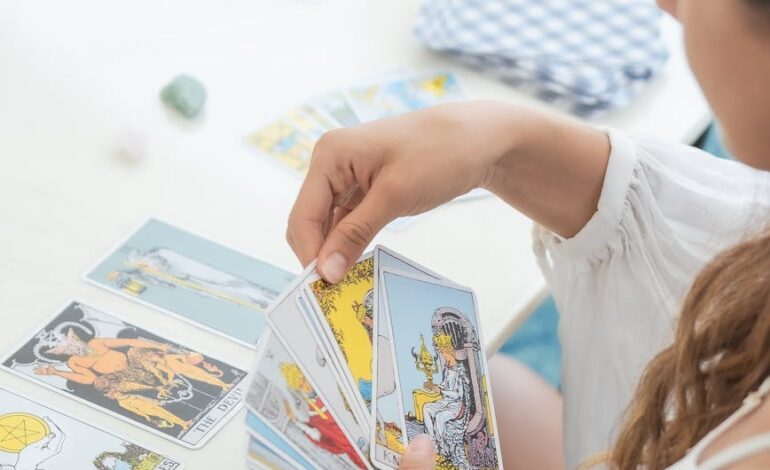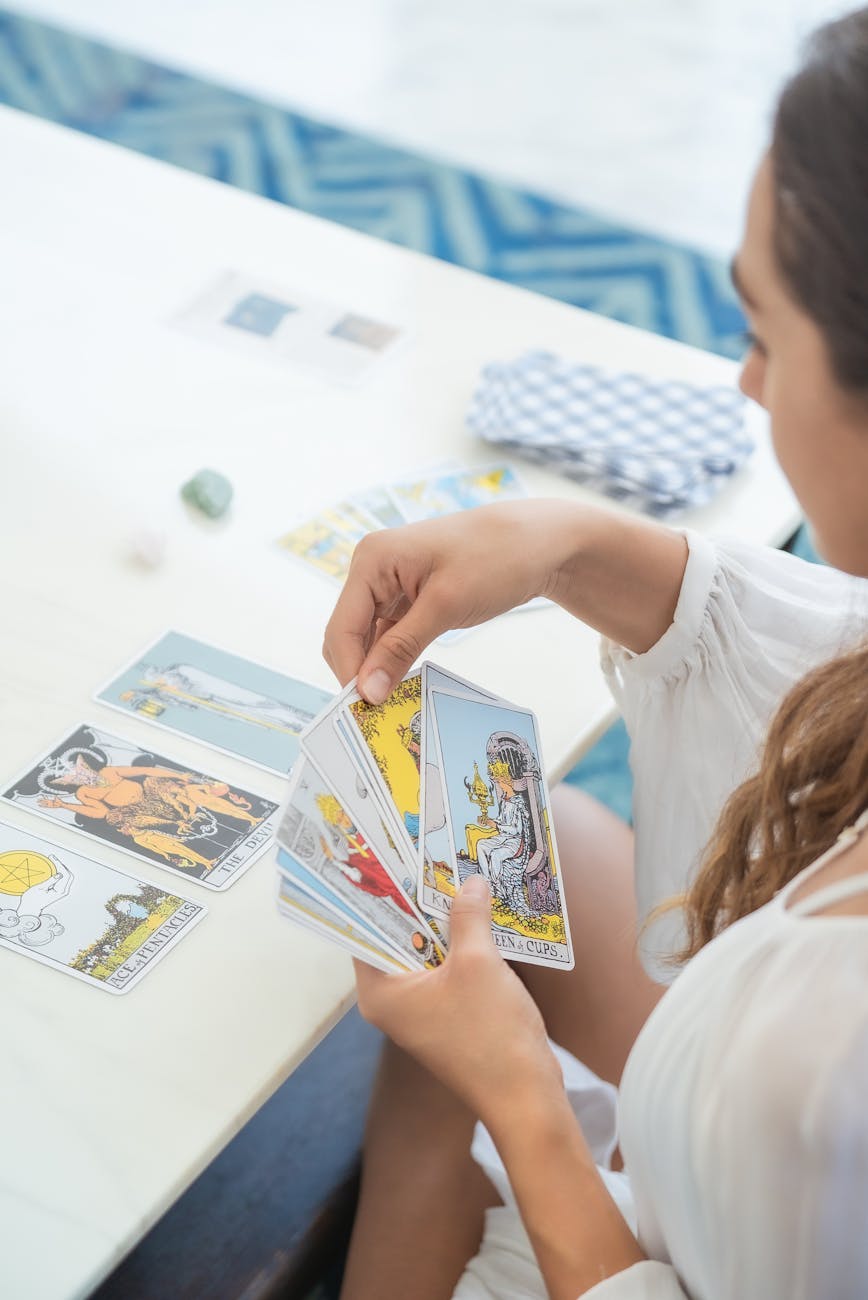
Overcoming Self-Doubt: A Journey to Unshakeable Confidence

The Echoes of Yesterday: Understanding the Roots of Self-Doubt
Self-doubt is a familiar companion for many of us. It whispers in our ears, echoing the messages we’ve absorbed throughout our lives. But where do these echoes come from? To truly understand the roots of self-doubt, we must journey back to the experiences and narratives that shaped us.
The Weight of Societal Expectations
From a young age, we are bombarded with societal expectations. These can be as subtle as the way we perceive success—often measured by external achievements—or as overt as the pressure to conform to certain ideals. Consider this: Did you ever feel that your worth was tied to your grades, your appearance, or your job title? These messages can create a relentless cycle of comparison and inadequacy.
Childhood Experiences: The Foundation of Our Beliefs
Our childhood experiences play a crucial role in shaping our self-perception. Think about it:
- Parental Expectations: Did your parents have high expectations? Did they praise you only for achievements?
- Peer Relationships: Were you ever bullied or excluded? Those moments can carve deep grooves in our self-esteem.
- Cultural Narratives: The stories we hear about gender roles, race, and success can reinforce feelings of inadequacy.
These experiences don’t just fade away; they linger, creating a backdrop for our adult lives.
Recognizing the Narratives
Understanding the origins of our self-doubt allows us to challenge those narratives. Here’s how:
- Reflect: Take a moment to think about the messages you received growing up. What beliefs about yourself have you internalized?
- Identify: Notice when self-doubt arises. What triggers these feelings? Is it a particular situation or a certain person?
- Reframe: Challenge those negative beliefs. Ask yourself, Are these thoughts true? What evidence do I have to support or refute them?
By recognizing that these echoes from the past do not define our worth, we can begin to dismantle the barriers they create.
A Call to Action
I challenge you to take a brave step today. Write down three beliefs about yourself that stem from childhood or societal expectations. Then, for each one, jot down a counter-narrative that speaks to your true worth. This is not just an exercise; it’s a powerful way to reclaim your story.
Let’s face it—dealing with self-doubt is a journey, not a destination. But by understanding its roots, we can cultivate a more resilient sense of self and step boldly into the life we deserve.
The Time Traveler’s Guide: Envisioning a Future Without Self-Doubt
Imagine stepping into a world where self-doubt is as outdated as dial-up internet. A future where confidence is not just a fleeting feeling but a deeply rooted belief. What if, in 50 years, we look back and realize that our journey through self-doubt was a transformative rite of passage?
The Evolution of Self-Perception
As we navigate the complexities of life, it’s crucial to understand that self-doubt is often a reflection of our societal norms and expectations. In the future, advancements in psychology will provide us with tools to dismantle these barriers. Picture this:
- Education: Future generations will learn about emotional intelligence from a young age. Schools will prioritize teaching students how to embrace vulnerability and view failure as a stepping stone rather than a setback. Imagine classrooms filled with discussions on resilience and compassion instead of rote memorization.
- Technology: With the rise of virtual reality and AI, we can envision immersive experiences that allow individuals to confront their fears in safe environments. What if you could simulate a job interview or a public speech, receiving real-time feedback? This kind of practice could redefine our approach to dealing with self-doubt.
- Community Support: Community will evolve into a sanctuary for growth. Support networks will be strengthened by technology, connecting individuals across the globe. Imagine a world where sharing your struggles is met with empathy and encouragement rather than judgment.
What We Can Learn
- Embrace Vulnerability: Vulnerability is not a weakness; it’s the birthplace of courage. Future generations will recognize that sharing our fears and insecurities fosters deeper connections.
- Celebrate Failure: Instead of hiding from mistakes, we will learn to celebrate them. Each failure will be seen as a lesson, an opportunity for growth.
- Cultivate Empathy: As we build our confidence, we must also nurture empathy for ourselves and others. Understanding that everyone grapples with self-doubt will create a culture of support.
A Call to Action
So, I challenge you: What would your life look like if self-doubt were a relic of the past? Take a moment to envision it. Write down three ways you can begin to cultivate unshakeable confidence today.
The journey to overcoming self-doubt is not a sprint; it’s a marathon. The path may be winding, but with each step, we move closer to a future where confidence reigns supreme. Are you ready to take that first step?
The Alchemy of Self-Compassion: Transforming Doubt into Strength
Imagine standing on the edge of a diving board, heart racing, the cool breeze brushing against your skin. You know you want to leap, but self-doubt grips you like a vice. What if you belly flop? What if you sink? But what if you soar? This is where self-compassion comes in—a lifeline that can transform that paralyzing fear into a powerful leap of faith.
Self-compassion is not self-pity. It’s a warm embrace, a gentle reminder that we are all imperfect and that our struggles are part of the shared human experience. When we practice self-compassion, we create a safe space for vulnerability, allowing us to acknowledge our self-doubt without letting it define us.
To harness the alchemy of self-compassion, consider these practical strategies:
- Nurture a kinder inner dialogue: Instead of berating yourself for making mistakes, try speaking to yourself as you would to a dear friend. What would you say to someone you love who is dealing with self-doubt? Let that voice guide you.
- Reframe negative thoughts: When a wave of self-doubt crashes over you, pause. Ask yourself, “Is this thought true? Is it helpful?” Challenge those negative narratives. Replace “I’m not good enough” with “I’m learning and growing.”
- Embrace vulnerability: It’s tempting to hide our flaws, but vulnerability is the birthplace of connection and courage. Share your feelings with someone you trust. You might be surprised by how many people feel the same way.
Now, let’s put this into action:
- Identify your self-doubt triggers. What situations make you feel inadequate? Write them down.
- Practice self-compassion daily. Set aside a few minutes to meditate on your experiences, acknowledging your feelings without judgment.
- Celebrate small victories. Each step you take against self-doubt is a triumph worth recognizing.
Remember, self-doubt can be a catalyst for growth. It’s an invitation to dig deeper, to examine what truly matters to you. When you confront your doubts with compassion, you create a powerful shift. You begin to see that your worth is not tied to your achievements or failures but is inherent in your very being.
So, I challenge you: the next time self-doubt creeps in, lean into it. Use it as a stepping stone rather than a stumbling block. Ask yourself—what might I discover about myself if I choose self-compassion over criticism? The answers may surprise you. Embrace the journey, and watch as your self-doubt transforms into unshakeable confidence.
The Confidence Compass: Navigating the Terrain of Fear and Courage
Navigating the landscape of self-doubt can feel like wandering through a dense fog—disorienting and overwhelming. But here’s the truth: you don’t have to navigate it alone. Introducing the Confidence Compass, a practical framework designed to help you chart your course through fear and toward the shores of courage.
Understanding Your Fears
First, let’s get real about fear. It’s a natural part of being human, but it doesn’t have to dictate your journey. Start by identifying your fears. Ask yourself:
- What am I afraid of?
- How does this fear hold me back?
- Is this fear rooted in reality, or is it a story I’m telling myself?
Setting Meaningful Goals
Once you’ve acknowledged your fears, it’s time to set goals that resonate with your values. Goals that inspire you to take action, even when the ground feels shaky. Consider these steps:
- Define your values: What truly matters to you? This could be family, creativity, or personal growth.
- Set specific goals: Instead of saying, “I want to be more confident,” try, “I will speak up in meetings at least once a week.”
- Break it down: Create smaller, actionable steps that lead to your larger goal. This makes the journey less daunting and more achievable.
Taking Action
Now comes the exciting part—taking action! This is where the magic happens. Here are some strategies to help you move forward:
- Practice vulnerability: Share your fears with someone you trust. You’ll be surprised at how many people resonate with your struggles.
- Celebrate small wins: Each step you take is a victory. Acknowledge it! Did you speak up in that meeting? Celebrate it!
- Reflect regularly: Keep a journal to track your progress. Write about your fears, your successes, and how you feel along the way.
Real-Life Stories
Consider Sarah, who struggled with public speaking. By using her Confidence Compass, she identified her fear, set a goal to join a local Toastmasters club, and took action by practicing her speeches in front of friends. Each time she stepped onto that stage, she felt her confidence grow, inch by inch.
Your Challenge
Now, it’s your turn. What will you do today to begin overcoming self-doubt? I challenge you to identify one fear, set a meaningful goal, and take that first step. Remember, the journey to unshakeable confidence is not a straight line; it’s a winding path filled with lessons, growth, and the beauty of vulnerability.
Embrace the journey—your Confidence Compass is waiting to guide you!
The Legacy of Confidence: Building a Supportive Community for the Future
Imagine a world where self-doubt is a whisper, not a shout. A place where confidence flows freely, nurtured by the people around us. This is the legacy we can create together.
Community is the heartbeat of confidence. When we come together, we amplify our voices and diminish the shadows of uncertainty. Here’s how we can foster supportive networks that encourage vulnerability and celebrate achievements:
- Share your story. Opening up about your struggles can inspire others to do the same. Vulnerability breeds connection.
- Celebrate small wins. Every step forward is a victory. Acknowledge and uplift each other’s achievements, no matter how small.
- Create safe spaces. Establish environments where individuals feel comfortable expressing their fears and doubts without judgment. This is where growth happens.
But why stop at ourselves? Think about the ripple effect. When we empower one another, we pave the way for future generations to thrive without the shackles of self-doubt. What if we could raise a generation that embraces their imperfections and learns to dance with their fears?
I challenge you to start today. Reach out to someone in your circle who may be struggling. Share a moment of vulnerability, and watch how it transforms not just your relationship, but your community. Together, we can build a future where confidence is not just a goal but a way of life. Let’s make this legacy a reality.
If you’re eager to learn more, be sure to check out these sources:
Source 1: Embracing Change: A Pathway to Personal Growth
Source 2: Explore more about dealing with self-doubt
